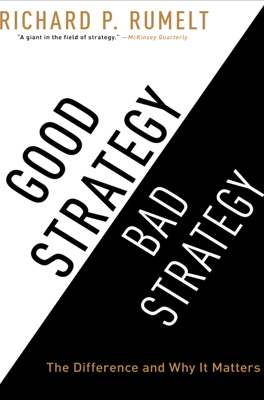Using Leverage
Harnessing Strategic Leverage
Strategic leverage involves concentrating focus, energy, and resources at pivotal moments to generate a cascade of favorable outcomes. It draws strength from Archimedes’ principle of using a lever, aiming for pivotal objectives to create significant impacts with minimal movement.
Key Components of Strategic Leverage:
- Anticipation: Strategists need to predict key aspects of a scenario to turn them to an advantage. This includes predicting behaviors of competitors or market demands. For instance, Toyota anticipated the rise of hybrid vehicles and strategically invested in the technology before it became a generic demand, securing a competitive edge.
- Insight on Others: Anticipation also extends to predicting the actions of others. A classic misstep was the U.S. failure to anticipate the insurgency in Iraq. Conversely, Iraqi strategists anticipated U.S. public reaction to military losses, adapting their strategy accordingly based on historical patterns.
- Pivot Points: These are crucial areas where focused effort can trigger disproportionately large impacts, defining successful strategic leverage. Examples include tactical decisions in business structures or, historically, Ronald Reagan’s rhetoric that highlighted systemic imbalances during the Cold War, exerting psychological pressure on the Soviet leadership.
- Market Sensitivity: In business, understanding market sensitivities and adapting quickly can serve as a pivot point. 7-Eleven Japan leveraged local consumer behavior insights about preferences for novelty and variety to optimize their product offerings and supply chain.
- Concentration of Effort: Strategic effectiveness increases when efforts are concentrated on fewer but critical goals. This includes prioritizing certain market segments or focusing on strategic objectives that align with available resources.
- Threshold Effects: Recognizing the minimum effort necessary to influence a scenario can lead to efficient resource allocation. For example, pulsed advertising can be more effective than a continual spread, as it crosses the threshold of consumer awareness more decisively.
- Organizational Focus: Inside organizations, concentrating on a few critical issues at one time aligns with the cognitive limitations of leadership and produces better outcomes.
Application of Leverage in Business and Governance
Effective use of leverage was demonstrated by Harold Williams at the Getty Trust, where instead of merely expanding collections, he transformed the study and preservation of art on a global scale, thus making a substantial impact with the available resources.
In summary, strategic leverage is about finding and exploiting points of influence where efforts can be magnitized for maximum effect. These principles of leveraging anticipation, pivot points, and concentrated effort form the foundation of robust strategic planning and execution in both corporate and political realms.
